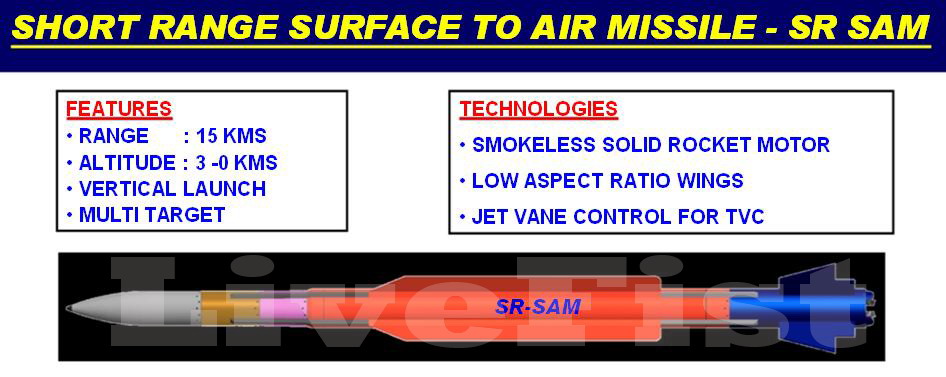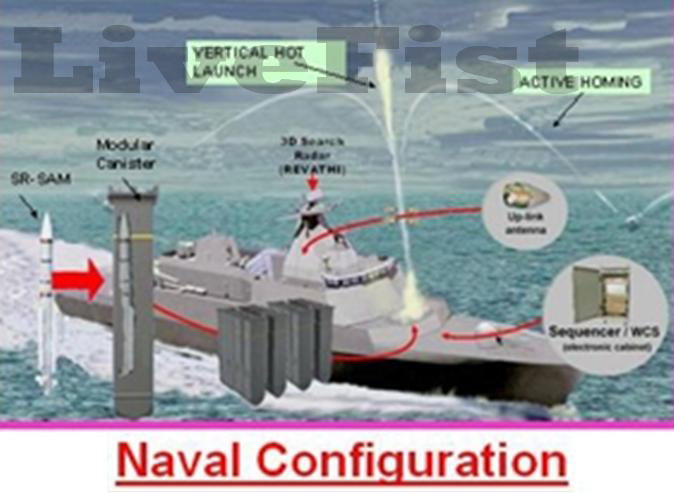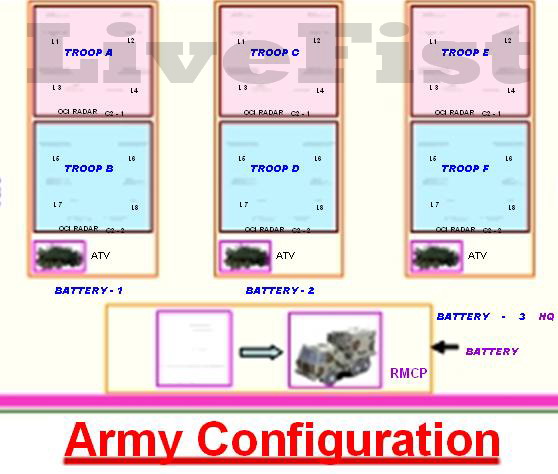Draft defence production policy stresses R&D
NEW DELHI: The government is finally ready with a spanking new Defence Production Policy (DPP) which seeks to drastically reduce India's overwhelming and strategically-vulnerable dependence on foreign military hardware and software by bolstering indigenous R&D and private sector participation in a major way.
The DPP's final draft, in fact, holds "only those weapon systems/platforms will be procured from abroad which cannot be made/developed within the country" in specified timeframes to meet "critical" operational requirements.
All such "buy" projects will necessarily include transfer of technology, unless "exceptions are required for specific reasons", to ensure subsequent generations of the weapon systems are developed indigenously.
With the government now ready to fund domestic private companies with 80% of developmental costs, approval procedures for 'development/integration/make' of new defence systems indigenously are being 'further simplified'.
The DPP also says priority will be given to develop "strategic and critical technologies" to "reduce vulnerabilities" in case of sanctions and denials.
Defence production secretary R K Singh told TOI the objective is to "change the entire dynamics and orientation" of the existing defence procurements and production.
"We want a strong domestic defence-industrial base to ensure our strategic autonomy is not circumscribed. It will also have an economic multiplier effect by generating jobs here," said Singh.
"The Defence Acquisitions Council (headed by defence minister A K Antony) will now take up the DPP for final approval in its next meeting, or the one after that," he added.
The DPP specifies futuristic weapon systems, required after 7-8 years and beyond, will by and large be developed/integrated within the country after the long-term integrated perspective plans of the armed forces are analysed by sectoral multi-disciplinary indigenisation committees (SMDICs).
With representatives from the ministry, armed forces, DRDO and others, SMDICs will play "a pro-active role" in organising partnerships between academia and industry.
For every weapon system to be developed, two Indian companies with the lowest quotes will be selected, with the L-1 (lowest bidder) getting 65% of the order. The second company, or L-2, will get the remaining 35% but on the L-1 price.
But all this will take a lot of doing. The government till now has taken only piecemeal measures to boost private sector participation in the defence production arena, which was largely the public sector's preserve till a decade ago.
The defence sector was opened up in 2001-2002 to 100% private investment, with up to 26% foreign direct investment (FDI), but the results so far have not been very encouraging.
Moreover, the abysmal performance of DRDO, eight defence PSUs and 39 ordnance factories has meant India, which fancies itself as an emerging superpower, still imports over 70% of its military requirements.
As reported earlier, India has inked arms deals worth a whopping $50 billion since the 1999 Kargil conflict, making it the largest arms importer in the developing world.
Acknowledging India's self-reliance index is less than 30%, the DPP says, "Dependence on other countries for defence needs makes the country vulnerable, reduces foreign policy and strategic options and impedes the country's growth as an independent power in its own right."
http://timesofindia.indiatimes.com/...n-policy-stresses-RD-/articleshow/6149273.cms






